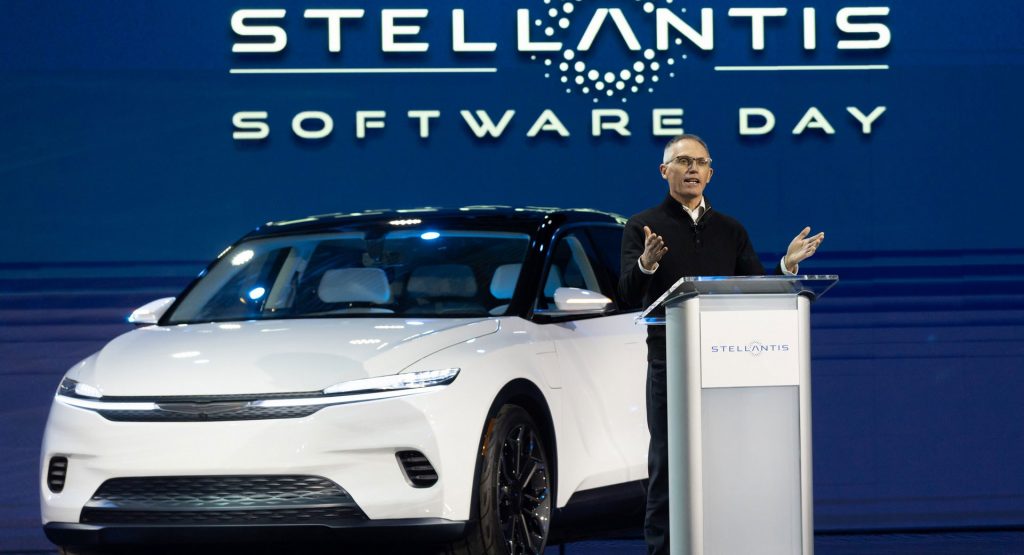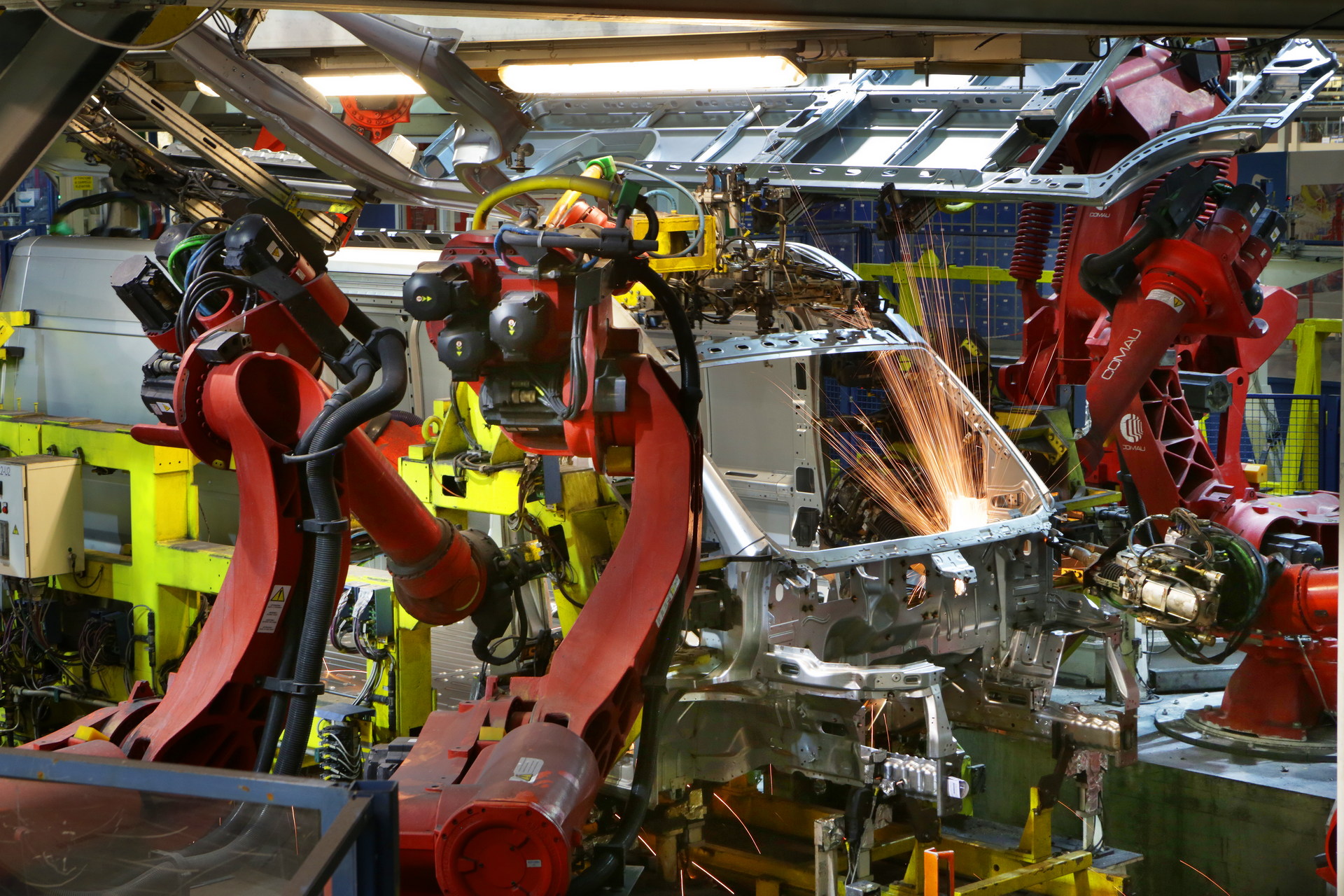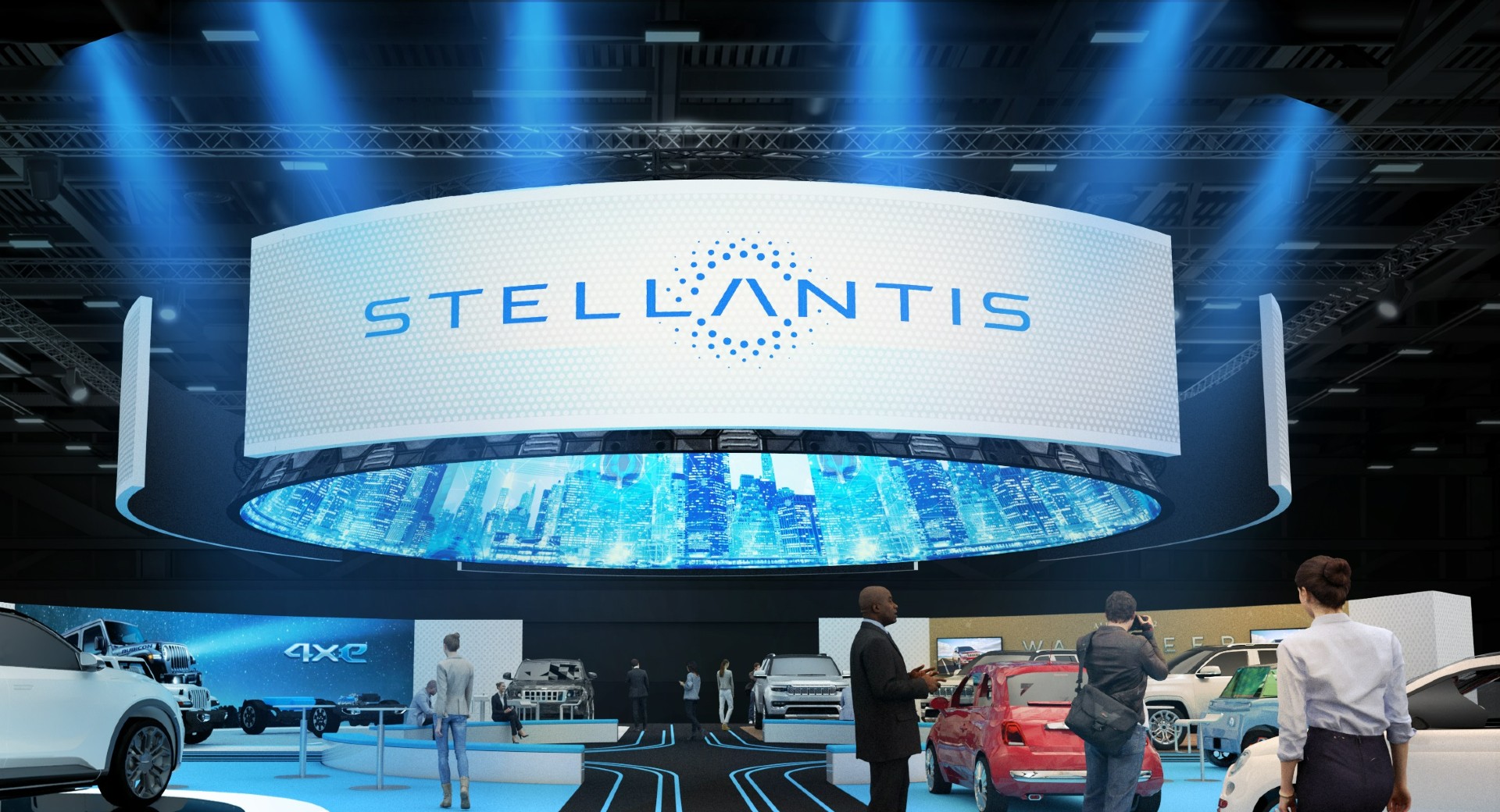Stellantis chief executive Carlos Tavares says the automotive industry will continue to face battery and raw material shortages over the coming years.
Tavares believes that the industry’s ongoing shift to electric vehicles is going to inevitably lead to supply issues, particularly with batteries, around 2025 or 2026 when demand for them will reach new heights. The boss of Stellantis also expressed concern about the lack of vision of regulators to aid in the EV shift.
“If there is no short supply of batteries then there will be a significant dependence of the Western world vis-à-vis Asia. That is something we can easily anticipate,” Tavares said while speaking at the recent Financial Times Future of the Car 2022 conference. “The speed at which now everybody is building manufacturing capacity for batteries is possibly on the edge to be able to support the fast-changing markets in which we are operating.”
Read Also: Stellantis Isn’t Planning To Split Its Electric And ICE Vehicle Businesses
The supply of raw materials, especially those needed to make lighter frames for EVs to negate the weight increase induced by their heavy batteries, may also be challenged, Tavares added.
“That means a lot of raw material extraction, that means eventually scarcity of raw materials, that means eventually geopolitical risks,” he said. “We may not like the way those raw materials are going to be sourced in a few years. What’s next? Where is the clean energy? Where is the charging infrastructure? Where are the raw materials? Where are the geopolitical risks of sourcing those raw materials? Who is looking at the full picture of this transformation?”
Like many of its rivals, Stellantis has big ambitions for an all-electric future. In March, the company said that all of its brands will go all-electric in Europe by 2030 and that the firm will reach net zero by 2038. From 2024, all new models launched from Stellantis’ brands will include all-electric variants, including commercial vans and light-duty pickups from Ram, off-road 4x4s and family SUVs from Jeep, performance muscle cars from Dodge, and family cars from Chrysler.
Stellantis is readying more than 75 EVs by 2030, of which more than 25 will be EVs for the U.S. market. The car manufacturer is also looking to increase its battery capacity production to 400 GWh, a 140 GWh increase compared to previous plans.





